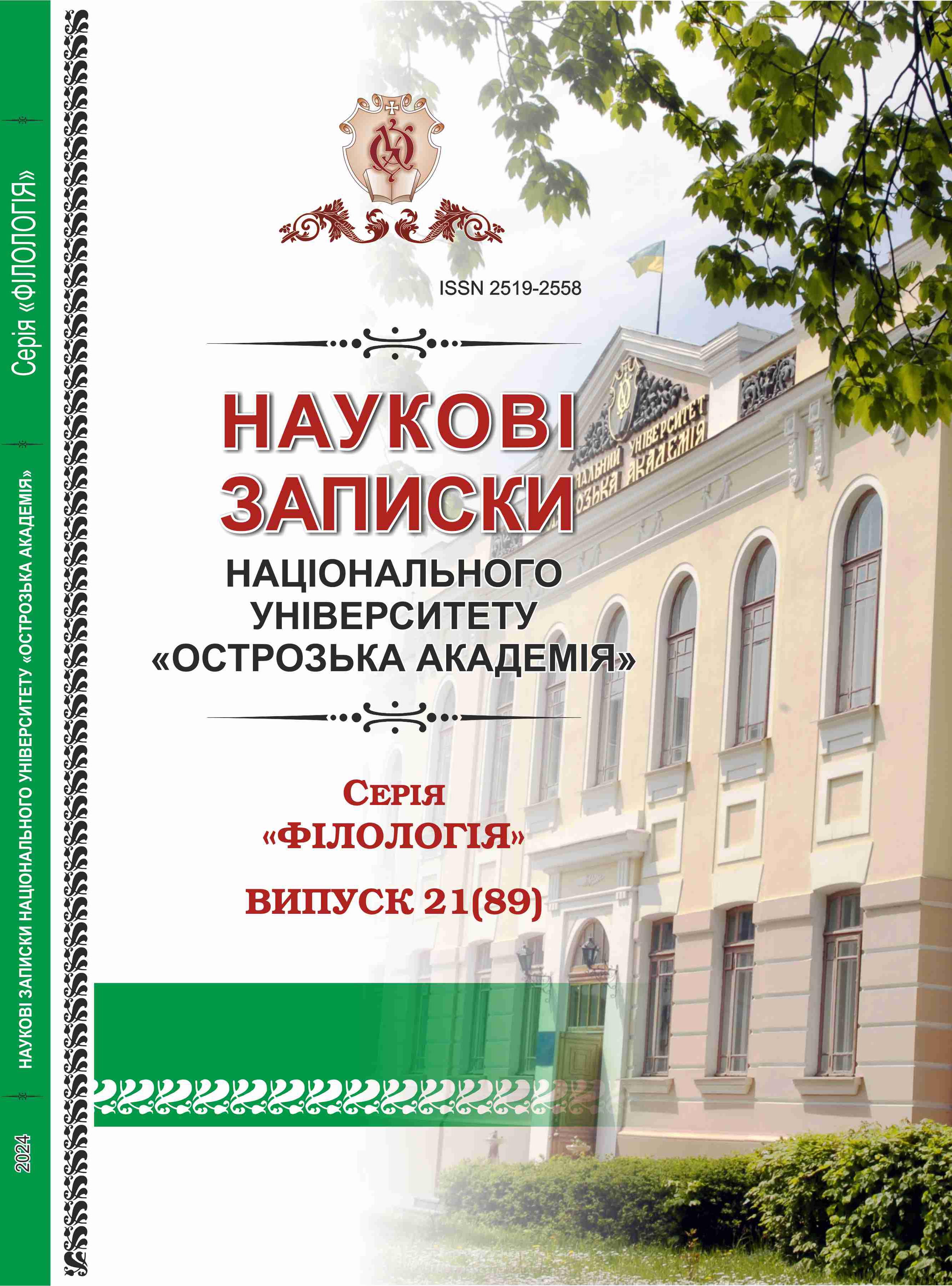СПЕЦИФІКА КОМПОЗИТІВ АНГЛОМОВНОГО ВІЙСЬКОВОГО ДИСКУРСУ (ГРАМАТИЧНИЙ АСПЕКТ)
Ключові слова:
композит, військовий дискурс, граматика, орфографія, словотвір, семантикаАнотація
У статті здійснено аналіз англійських складних слів військового дискурсу. Зазначено актуалізацію військової мовленнєвої практики в умовах сьогодення та необхідність дослідження композитних лексем у даному контексті. Сформульовано визначення терміну «композит». Окреслено ознаки цілісного оформлення складних слів, у межах яких відбувається дослідження, а саме – фонетичні, орфографічні, структурні, семантичні. Розглянуто фонетичні характеристики складних слів, що визначають їх вимову та значення (наголос на перший компонент, слова з подвійним наголосом). У межах орфографічної ознаки відзначено написання складових елементів разом, окремо, через дефіс, а також особливості оформлення з великої літери задля підкреслення важливості, формальності або специфічності певних військових реалій. Виділено типові словотворчі моделі складних лексем, що функціонують у сучасному англомовному військовому дискурсі (іменник + іменник, прикметник + іменник, прийменник + іменник, іменник + дієслово). Проаналізовано структуру основ композитів (слова з простою та похідною основами, складні лексеми, один з компонентів яких є складною основою). Розглянуто семантику лексем, з яких організовано складні слова; виокремлено ідіоматичні та неідіоматичні конструкції. У контексті неформальної комунікації відзначено використання сленгізмів. Також приділено увагу особливостям семантичного центру, що впливає на розуміння значення лексичної одиниці. Досліджено структуру композитів відповідно до класифікацій, запропонованих різними дослідниками (юкстапозиція, синтаксичний спосіб утворення; синтаксичні та аналогічні композити; із сурядним та підрядним зв’язком). На основі аналізу граматичних ознак складних слів зроблено висновок про те, що використання композитних лексем англомовного військового дискурсу забезпечує точність та специфікацію описів військової діяльності, сприяє стандартизації та уніфікації термінології даної галузі, підвищує ефективність комунікації, відображає особливості військової культури.

